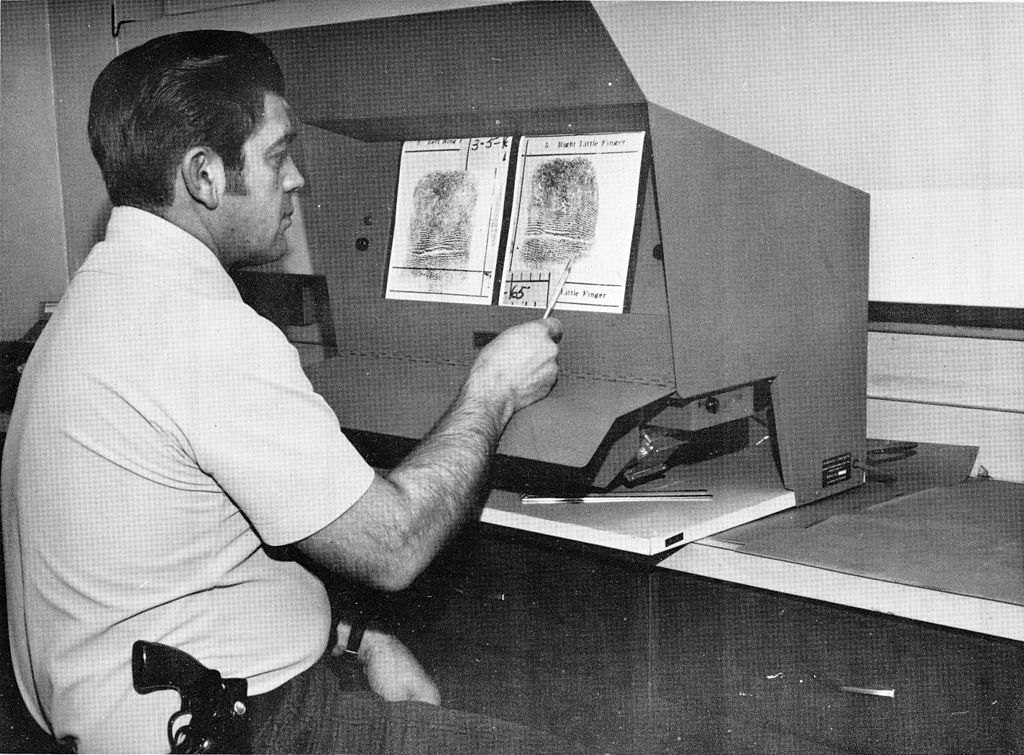July 28 is said to be the day in 1858 that a colonial magistrate in India, William James Herschel, began using fingerprints for identification, which is why our prints are such a valuable bit of biometric information today.
Now, we should point out that almost 2,000 years ago, fingerprints were used for all sorts of purposes in ancient China, including identification and solving crimes.
And thousand of years before that, Babylonians pushed their fingertips into clay tablets to mark business transactions, so the process of what’s known as dactyloscopy is not new.
But the second half of the 19th century (and the very early 20th century) is when those in the field came up with the terminology to describe the shapes of the friction ridges, as they’re called.
Those are the dots, loops and whorls on the tips of our fingers that separate our prints from everybody else’s.
It’s also when scientists figure out the very complex systems by which they can match fingerprints.
This, by the way, is one field where technology has been particularly useful.
Rather than having to check each individual printed ink card in the stack to see if they match, let the computer sort through every fingerprint on file!
Now those who don’t want to be identified can go to some pretty remarkable lengths, like a lottery player in Jamaica who learned that he’d won the $95 million prize, and that he’d need to collect the giant novelty check in person, to make sure there wasn’t anything nefarious going on.
But the winner didn’t want to reveal his identity to the country, so, he showed up wearing a Darth Vader costume.
Hopefully the lottery staff were ok with this, as you wouldn’t want a guy in a Vader suit to find your lack of faith disturbing.
How Fingerprinting Works (How Stuff Works)
Jamaican Darth Vader claims $95 million lottery prize (Toronto Sun)
Cool Weird Awesome’s Patreon backers have their fingerprints all over this show

